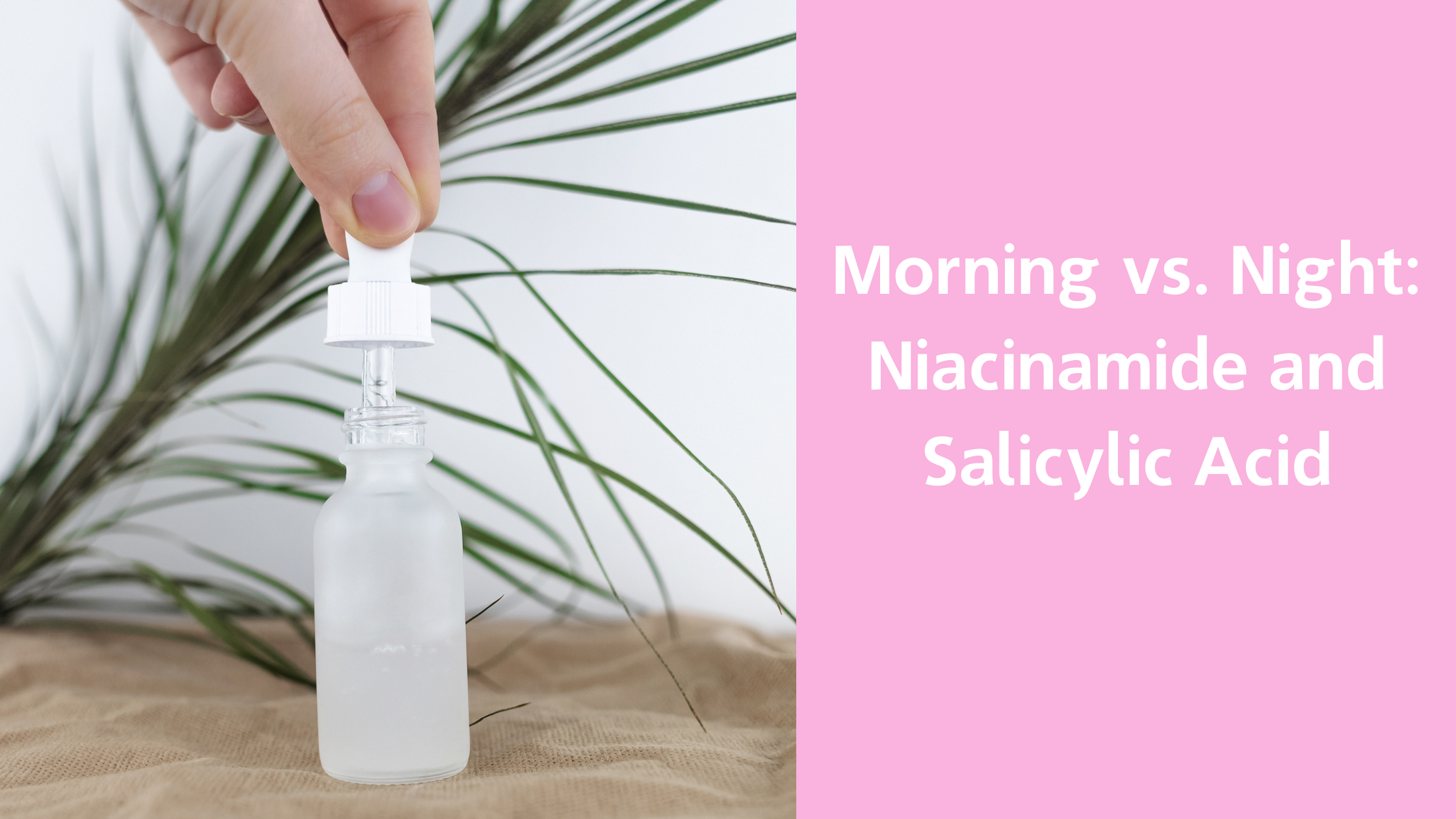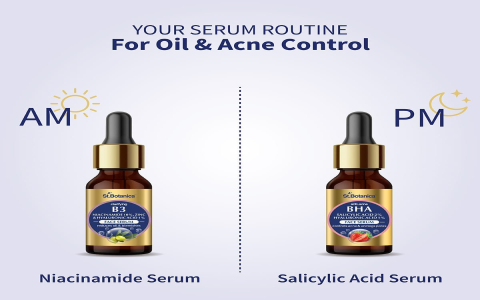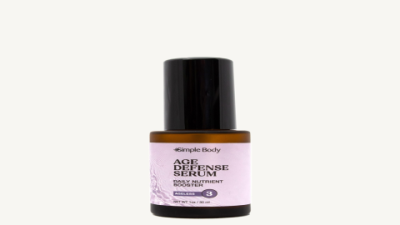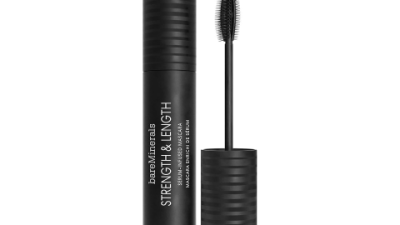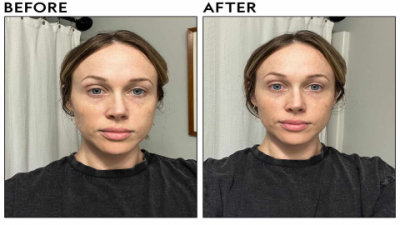Standing in your bathroom at PM, salicylic acid serum in hand, wondering if you should have used it this morning instead? I've been there, and honestly, this timing question keeps popping up in every skincare forum I've ever browsed.
Here's what I've learned after years of trial and error (and a few unfortunate breakouts): evening is your best bet. But there's more to this story, and getting it wrong can leave your skin angry and irritated.
Why Everyone Gets Confused About Timing
Salicylic acid is tricky because it's different from those gentle morning serums you're used to. This stuff dives deep into your pores, dissolving all that gunk that's been building up. It's a beta hydroxy acid, which basically means it loves oil and can slip right through your skin's natural barriers.
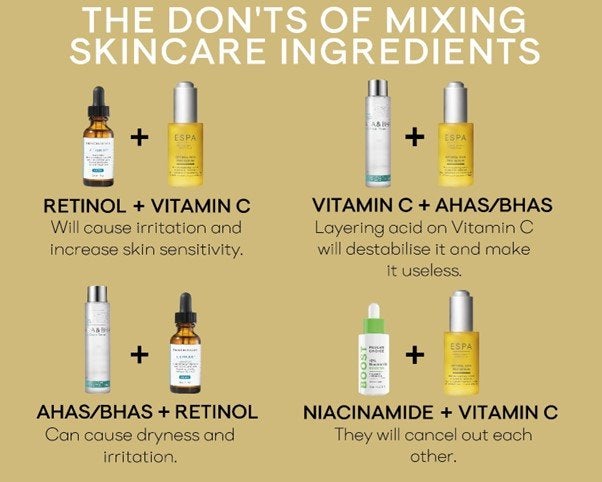
The confusion comes from conflicting advice online. Some people swear by morning application for all-day oil control, while others insist nighttime is the only way. The truth? Your skin doesn't read the same rulebook as everyone else's.
The Morning Debate: Why I Usually Skip It
I used to be a morning salicylic acid person. The logic seemed sound – use it in the AM to control oil all day, right? Wrong. After a summer of mystery dark spots that took months to fade, I learned about photosensitivity the hard way.
When you use salicylic acid in the morning, you're essentially making your skin more vulnerable to sun damage. Sure, you can pile on SPF, but who really reapplies sunscreen every two hours like they're supposed to? If you're honest with yourself, probably not consistently enough to risk it.
There are exceptions, though. If you have super oily skin and work in an office all day, morning use might work. But you'd better be religious about that sunscreen – I'm talking SPF minimum, reapplied regularly, and maybe a hat for good measure.
Why Nighttime Makes More Sense
Your skin goes into repair mode while you sleep. It's like having a construction crew come in overnight to fix everything that got damaged during the day. Salicylic acid works perfectly with this natural process, clearing out pores while your skin focuses on healing.
I've noticed my skin looks clearer and feels smoother when I stick to evening application. There's something satisfying about going to bed knowing your skincare is working hard while you're dreaming.
Plus, you avoid the whole sunscreen anxiety. No worrying about whether you applied enough, whether it's working with your other products, or whether you remembered to reapply after that lunch meeting ran over.
Building Your Evening Routine
Getting the order right took me forever to figure out. I used to just slap everything on and hope for the best, which led to some pretty spectacular skin disasters.
Start with a gentle cleanser – nothing too harsh because you're about to use an active ingredient. I learned this after stripping my skin with a strong cleanser and then wondering why the salicylic acid burned like crazy.
After cleansing, use a simple toner if you want, but skip anything with alcohol. Your skin needs balance, not more irritation. Then comes the salicylic acid serum. This is where patience becomes crucial – wait about minutes before moving to the next step. I know it feels like forever, but your skin needs time to absorb it properly.
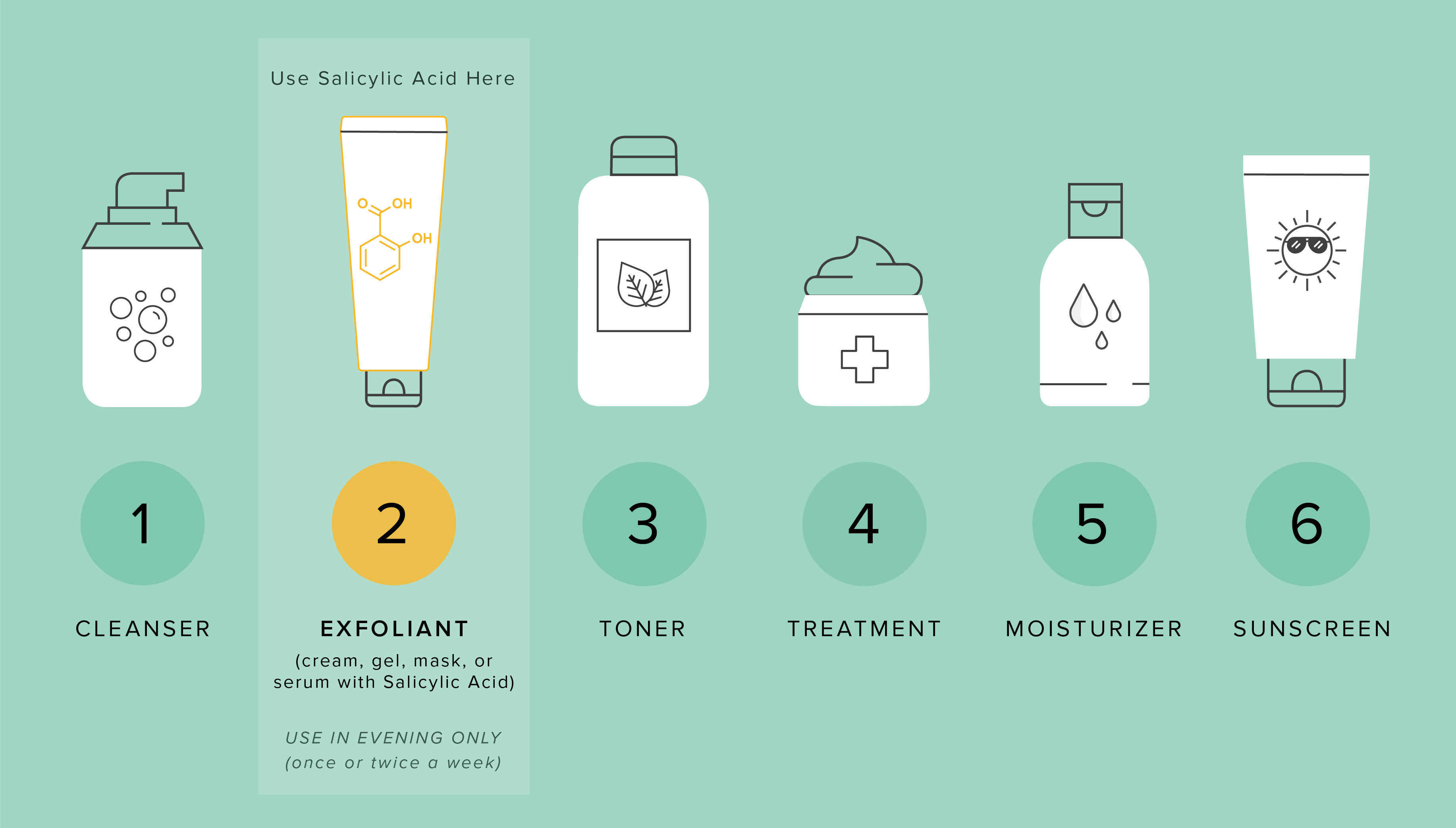
Follow up with something hydrating. Niacinamide works beautifully here, or just a good hyaluronic acid serum if you want to keep things simple. Finish with moisturizer, and if your skin is on the dry side, maybe a light face oil.
Starting Slow Saves Your Skin
The biggest mistake I made early on was thinking more meant better results. I went from zero to nightly use in about a week, and my skin revolted spectacularly.
Start with once a week. I know it seems ridiculously slow, but your skin needs time to adjust. After two weeks, if everything looks good, bump it up to twice a week. Most people find their sweet spot somewhere between two to three times per week.
Oily, acne-prone skin might handle every other night eventually, but even then, give your skin recovery days. I learned that consistency at a lower frequency beats sporadic intense use every single time.
What Not to Mix It With
This is where things get complicated, and I've made some expensive mistakes mixing the wrong products.
Never, ever use salicylic acid on the same night as retinol or tretinoin. I tried this exactly once and looked like I had a sunburn for three days. Alternate nights, giving your skin a break between active ingredients.
Vitamin C and salicylic acid don't play nicely together either, but this is easier to manage – just use vitamin C in the morning and salicylic acid at night. Problem solved.
Other acids are also problematic. Don't layer your glycolic acid with salicylic acid thinking you'll get better results faster. You'll just get irritated, potentially damaged skin.
Real Talk About Results
Everyone wants to know when they'll see results, and honestly, it takes longer than you probably want to hear. I started noticing smoother skin texture after about three weeks, but real improvement in breakouts took almost two months.
This isn't Instagram-filter magic that works overnight. It's a slow, steady process that requires patience. If you're expecting dramatic changes in a week, you're setting yourself up for disappointment.
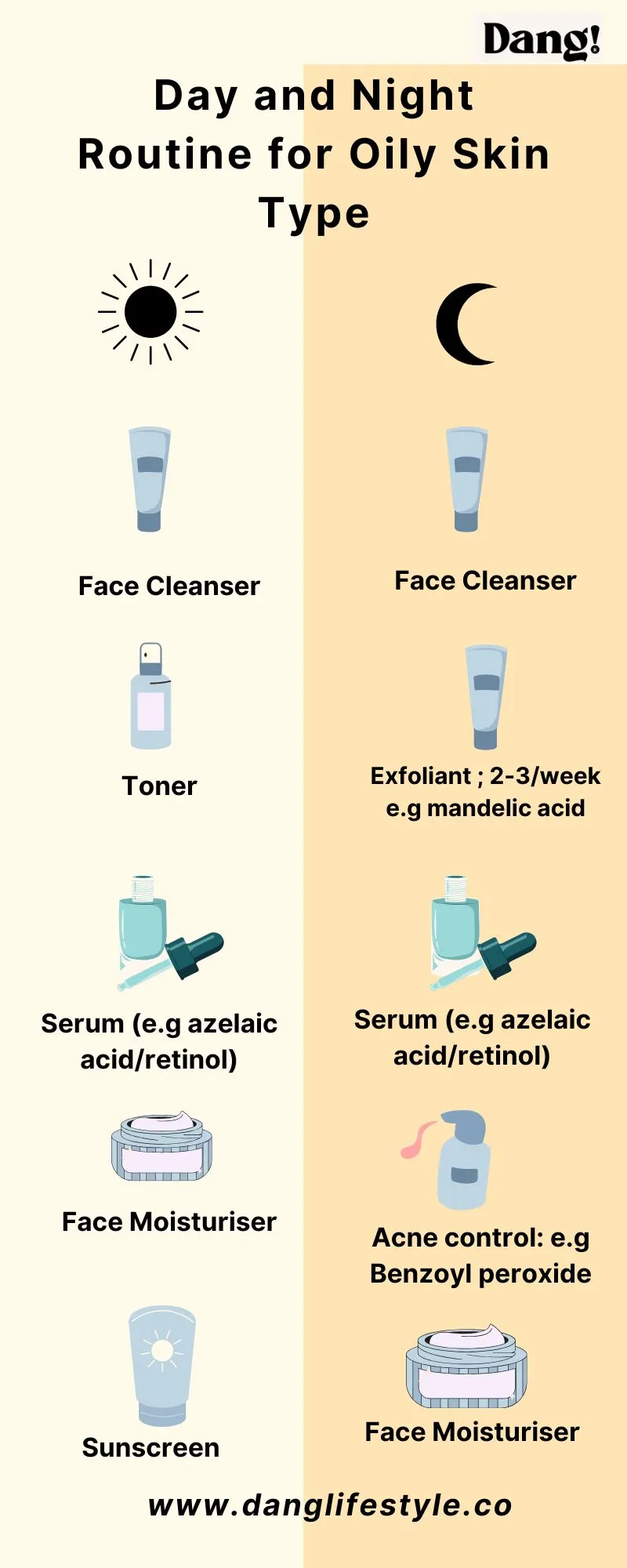
The concentration matters too. Most over-the-counter products range from 0.5% to 2%. If you're new to salicylic acid, start with the lowest concentration you can find. You can always work your way up, but you can't undo over-exfoliation.
When Your Skin Says "No"
Sometimes, despite doing everything right, your skin just doesn't cooperate. I've had periods where my skin became increasingly sensitive, and I had to step back entirely.
Persistent redness that lasts more than a few days isn't normal. Neither is excessive flaking, burning sensations, or paradoxical increases in breakouts after several weeks of use. When in doubt, stop using it and give your skin a break.
Sensitive skin types might need to modify the approach entirely. Some people do better with shorter contact time – applying the serum, waiting ten minutes, then rinsing it off before continuing with their routine.
Climate and Lifestyle Reality Check
Where you live and how you spend your days matters more than most articles admit. If you're in a humid climate, you might need salicylic acid more frequently. Dry climates often require less frequent use and more emphasis on hydration.
Winter changes everything for me. My skin gets drier, more sensitive, and can't handle the same frequency I use in summer. I usually cut back to once a week during the harshest months.
If you wear heavy makeup daily, evening salicylic acid becomes even more important for preventing clogged pores. But make sure you're removing every trace of makeup first – leftover foundation mixed with active ingredients is a recipe for irritation.
The Bottom Line on Timing
After years of experimenting, tracking my skin's responses, and making plenty of mistakes, evening application wins for most situations. The combination of natural skin repair cycles, reduced sun sensitivity risk, and better ingredient compatibility just makes more sense.
But skincare isn't one-size-fits-all. What works for my combination skin might not work for your oily or sensitive skin. Pay attention to how your skin responds, start slowly, and don't be afraid to adjust based on what you observe.
The most important thing isn't perfect timing – it's consistency and listening to what your skin actually needs rather than following someone else's routine blindly. Your skin will tell you what works if you pay attention to the signals.
